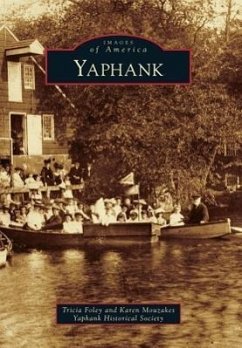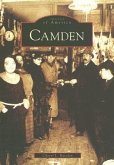Known for its sawmills and gristmills, Yaphank was established in 1726 on the banks of the Carmans River on Long Island. Called Millville until 1844, it was then named Yaphank, bank of the river. Its two lakes mark the boundaries of the historic district, with Main Street winding between them. Though the mills are long gone, many of the period homes from the 18th and 19th centuries remain, illustrating the history of the village and those who lived there. From the early days of the American Revolution, patriots marched on the Tallmadge Trail, and later, its young men went to fight for the Union cause in the Civil War. In 1871, Suffolk Countys first almshouse was built to take care of the less fortunate. As World War I rumblings were heard, nearby Camp Upton where Irving Berlin wrote the musical Yip, Yip, Yaphankdrew thousands of soldiers.








